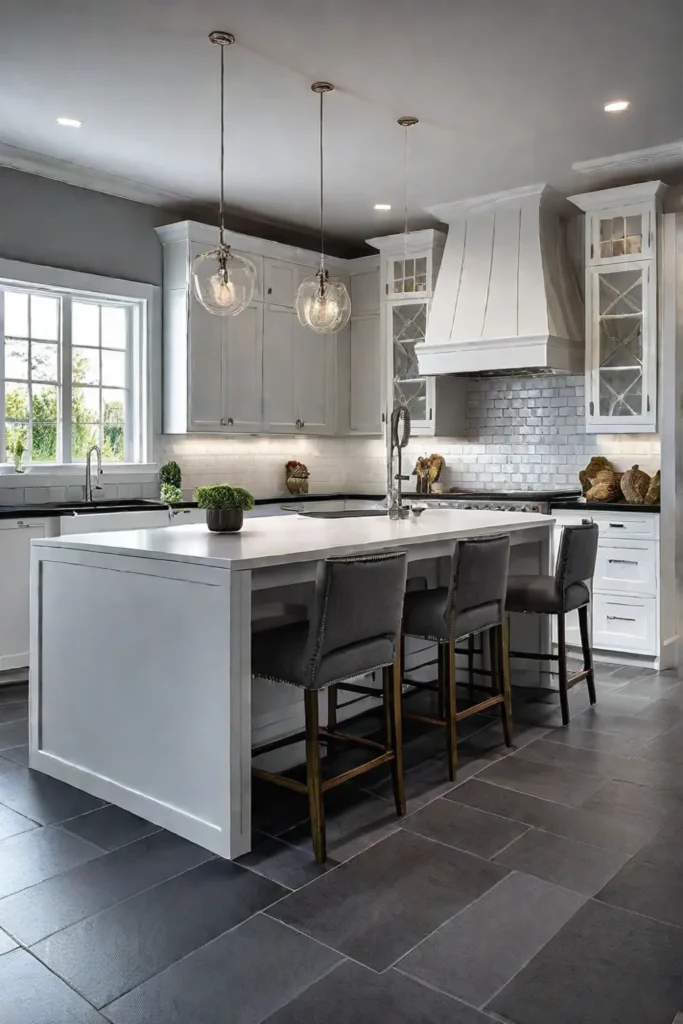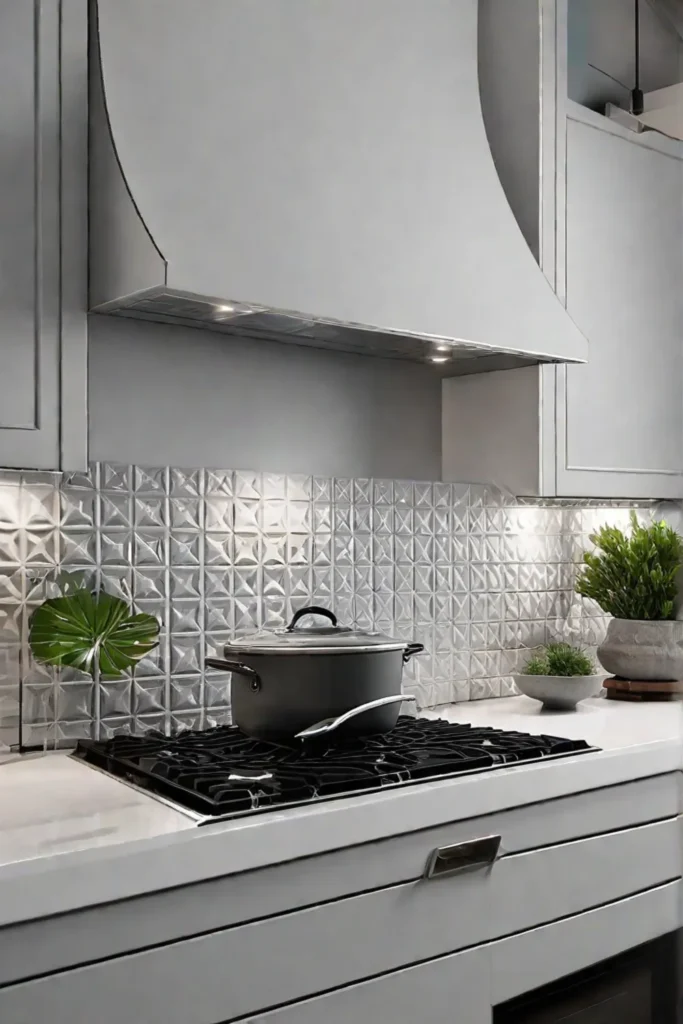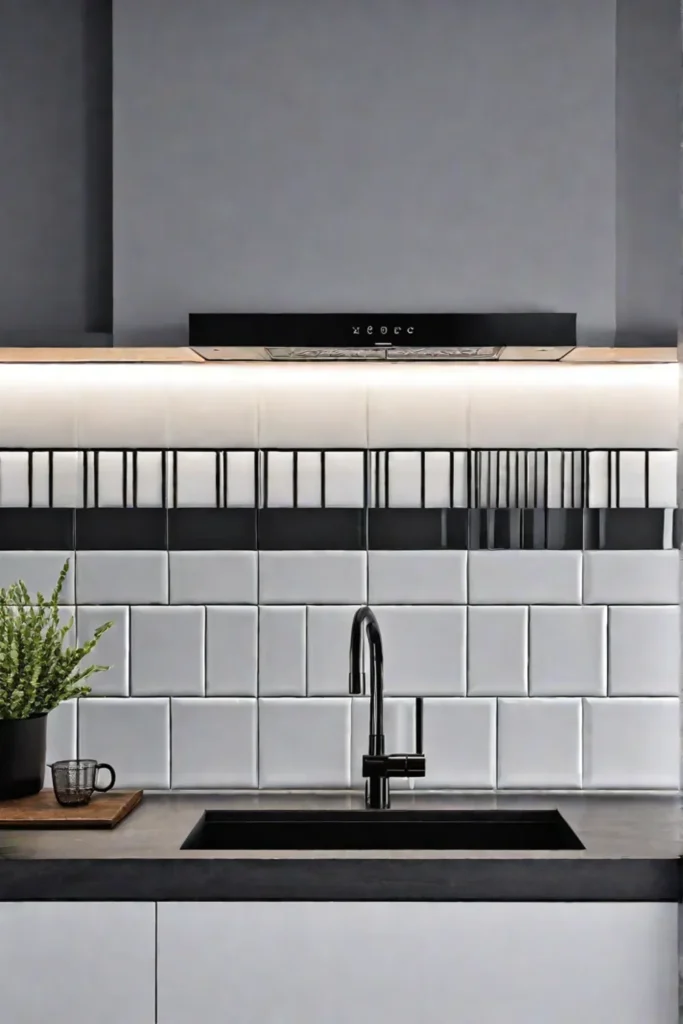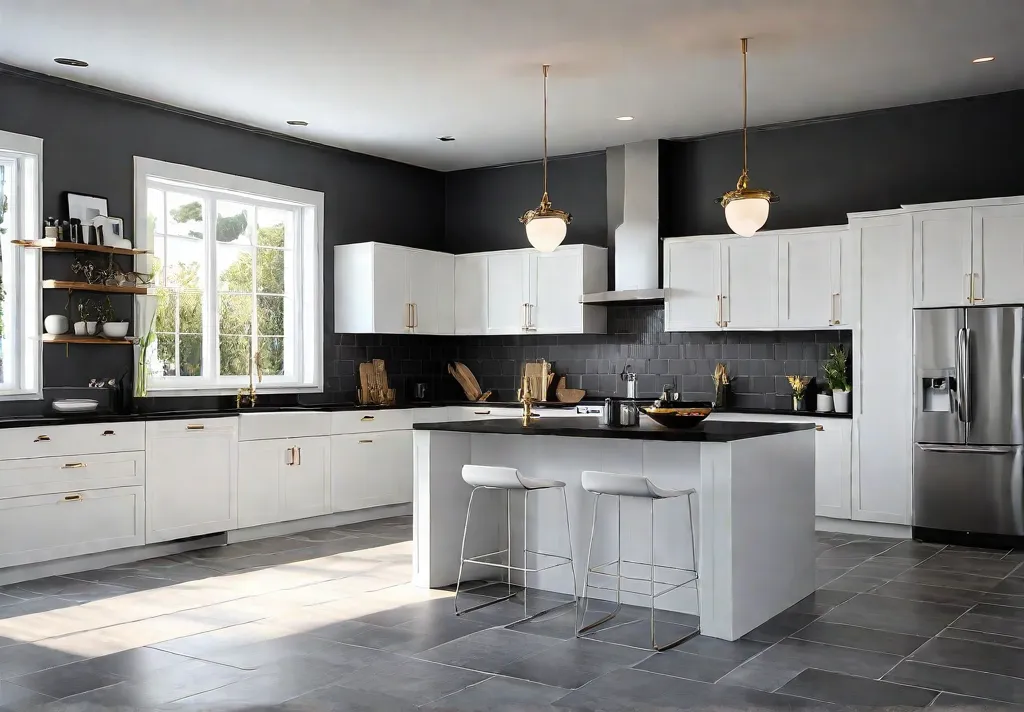Have you ever stepped into a friend’s newly renovated kitchen and been immediately captivated by the stunning tile floor? The grout, that seemingly insignificant filler between the tiles, can make or break the entire look. So, let’s dive into the world of grout and discover how to choose the perfect option for your kitchen floor makeover.

Types of Grout: The Unsung Heroes of Tile Installation
When it comes to grout, you’ve got options, baby! Let’s break it down:
Sanded Grout: This bad boy is the heavy-hitter of the grout family. Packed with fine sand, it’s sturdy enough to handle wider joints (1/8 inch or more) and high-traffic areas like your kitchen floor. Think of it as the bouncer keeping those tiles in line.
Unsanded Grout: For delicate joints (1/8 inch or less), unsanded grout is your go-to. Without the added sand, it’s smoother and less likely to crack or shrink over time. It’s perfect for dainty mosaic tile backsplashes or bathroom floors.
Epoxy Grout: This is the crème de la crème of grouts. Epoxy is a chemical-resistant, stain-proof, and virtually waterproof powerhouse. It’s a bit pricier but worth every penny if you want a floor that can withstand your clumsiest cooking mishaps.

Now, let’s talk about history for a short time. Grout has been around since ancient times when builders used a mixture of lime, sand, and water to fill the gaps between stones and bricks. Over the centuries, the formulas have evolved, but the basic purpose remains the same: to create a durable, water-resistant seal that protects and enhances your tile installation.
Grout Colors: The Secret Sauce of Tile Design
Choosing the right grout color is like picking the perfect accessory for your outfit – it can make or break the whole look. Do you want to create a seamless, continuous look? Go for a grout color that matches your tiles. Do you feel bold? Opt for a contrasting hue to make those tiles pop.
Remember, grout colors aren’t just functional; they’re a design element in their own right. A classic white or gray grout can give your kitchen a clean, modern vibe, while a rich charcoal or deep blue can add depth and drama. Don’t be afraid to get a little funky with it – who says you can’t have a bright pink grout line?

But let’s not forget the practical side of things. Lighter grout colors show dirt and stains more easily, while darker shades can be more forgiving. Consider your lifestyle and how much time you will spend on maintenance before choosing.
Grout Sealing and Maintenance: The Key to Longevity
Listen up, folks – sealing your grout is non-negotiable. Think of it as a superhero cape for your tiles, protecting them from spills, stains, and everyday wear and tear. There are two main types of sealers: penetrating and topical.
Penetrating sealers soak the grout, creating an invisible barrier against moisture and grime. They’re low-maintenance and won’t affect the grout’s appearance. Topical sealers, conversely, form a protective layer on top of the grout, giving it a slightly glossy or matte finish.

Now, let’s discuss the importance of regular maintenance. Even with a sealer, grout can still get grimy over time. That’s why it is crucial to clean it regularly with a pH-neutral cleaner and a stiff-bristled brush. Avoid harsh chemicals or abrasives, as they can damage the sealer and cause the grout to deteriorate faster.
Application Techniques: The Art of Grout Mastery
Applying grout might seem simple, but trust me, there’s an art to it. First, make sure your tiles are properly spaced and leveled. Then, mix that grout according to the manufacturer’s instructions. Too dry, and it’ll crumble; too wet, and it’ll be a sloppy mess.
Once you’ve got the perfect consistency, it’s time to spread that grout over the tiles using a grout float. Work it into the joints at a diagonal angle, ensuring complete coverage. After letting it set for a bit, use a damp sponge to wipe away the excess, revealing those beautiful, crisp grout lines.

But wait, there’s more! For a truly professional finish, you’ll want to use a grout haze remover to eliminate any residue on the tile surface. Trust me, it’s worth the extra effort.
And let’s not forget about those tricky corners and edges. When getting into those tight spaces, a grout bag or a small grout trowel can be your best friend.
Grout Repair and Replacement: Bringing New Life to Your Floor
Even the most well-maintained grout can succumb to cracks, discoloration, or damage over time. But fear not, my friends, for there are ways to breathe new life into your kitchen floor.
If you have minor cracks or chips, a grout repair kit might be all you need. These handy kits come with a pre-mixed grout compound to apply to the affected areas. It’s a quick and easy fix for those pesky imperfections.

However, you might need to bite the bullet and replace the grout entirely for more extensive damage. This process involves carefully removing the old grout, cleaning the joints, and rerouting with fresh material. It’s a bit more labor-intensive, but the result is a floor that looks brand-spankin’ new.
Aesthetic Considerations: Grout as a Design Element
Grout is more than a functional necessity; it’s a design element that can elevate your kitchen floor. By playing with color, texture, and patterns, you can create a truly unique and eye-catching look.
Consider using a contrasting grout color to define geometric patterns or create a striking checkerboard effect for a bold, contemporary vibe. Or, for a more subtle touch, you could use a slightly darker grout shade to accentuate the shape and texture of your tiles.

Don’t be afraid to get creative with your grout lines, either. Instead of the traditional straight lines, you could experiment with curves, zigzags, or intricate designs. The possibilities are endless, and the result can be a truly one-of-a-kind floor.
Grout and Sustainability: Going Green with Your Kitchen Reno
In today’s eco-conscious world, it’s important to consider the environmental impact of your home renovation choices – and grout is no exception. Fortunately, many manufacturers now offer sustainable grout options that are planet-friendly and high-performing.
Look for groups made with recycled materials, low in volatile organic compounds (VOCs), and free from harmful chemicals. These eco-friendly formulations reduce your carbon footprint and contribute to a healthier indoor environment for you and your family.

When it comes time to dispose of old grout, check with your local waste management authority for proper recycling or disposal methods. Every little bit counts when it comes to protecting our planet.
Grout and Health Considerations: Prioritizing Your Well-Being
While grout might seem like a minor detail in your kitchen renovation, it’s important to consider the potential health implications of your choice. Traditional grout formulations can contain harmful chemicals and release volatile organic compounds (VOCs), negatively impacting indoor air quality.
Fortunately, many grout options now prioritize human health and safety. Look for low-VOC or zero-VOC products free from harmful additives like solvents, formaldehyde, and heavy metals. These healthier alternatives reduce your exposure to toxins and contribute to a more comfortable and breathable living space.

During installation, follow proper safety protocols, such as wearing protective gear and ensuring adequate ventilation. And when it comes to cleaning and maintenance, opt for gentle, non-toxic cleaners to minimize exposure to harsh chemicals.
Grout Your Way to Kitchen Perfection
As you embark on your kitchen renovation journey, remember that the grout you choose can make or break your floor’s overall look and feel. By considering factors like grout type, color, sealing, application techniques, and maintenance, you can create a stunning, long-lasting tile installation that reflects your style.

But grout is more than just a functional necessity – it’s an opportunity to get creative, experiment with design, and prioritize sustainability and health. So, don’t be afraid to think outside the box and make bold choices to transform your kitchen floor into a true work of art.
And if you ever feel overwhelmed by the grout selection process, just remember: you’ve got this! With a little knowledge and a lot of creativity, you can grout your way to kitchen perfection. Happy renovating, my friends!






